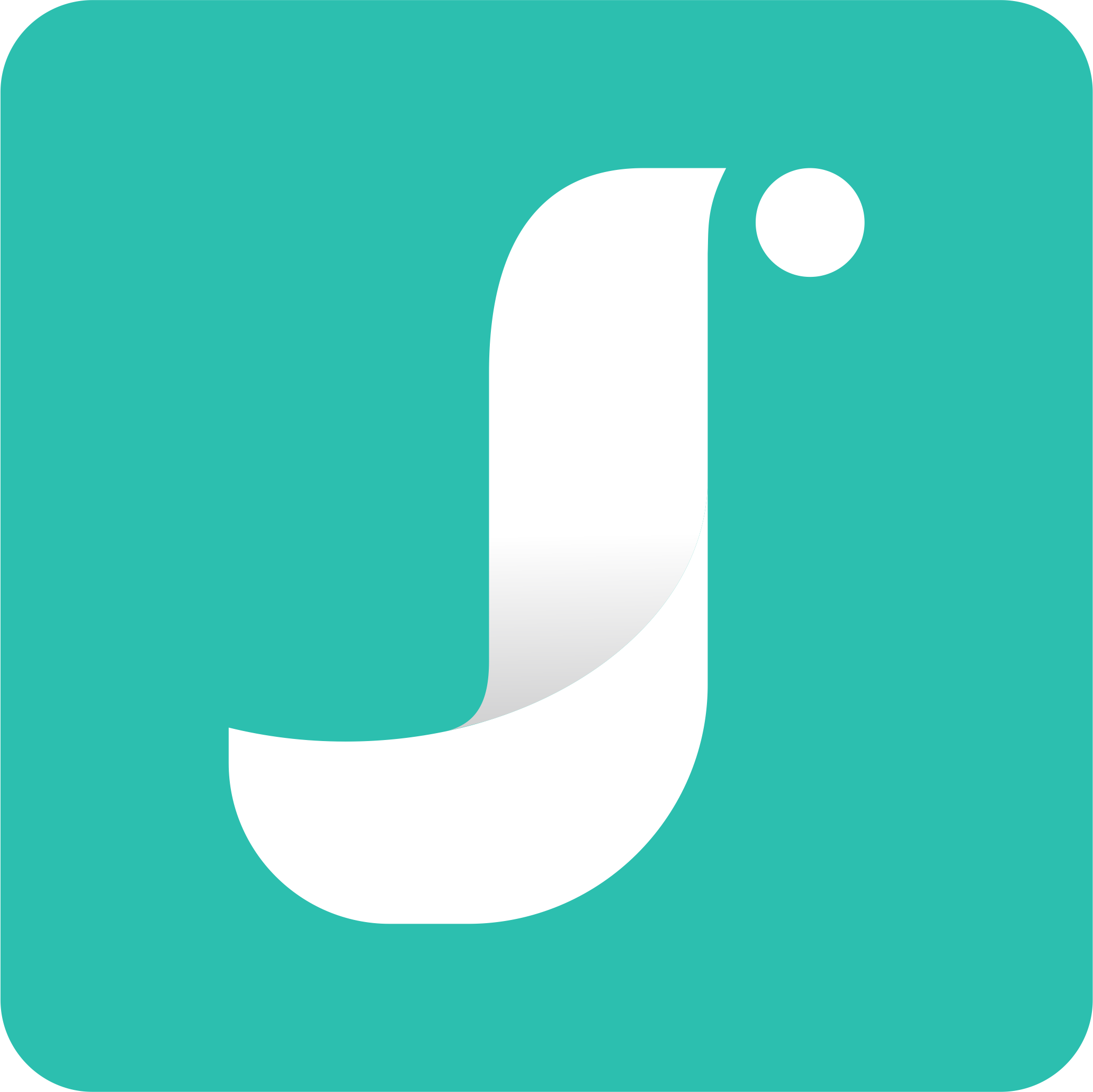Mind the Gap: How to Explain a COVID Layoff (on Paper & in Person)
By Karen Friesen
This just in, folks:
If Covid (the gift that just keeps giving) cost you your job in 2020, you are not alone. Wave hello to 51 million fellow Americans who filed for unemployment benefits during the early months of the pandemic, when unemployment levels reached a mask-dropping 14.7%.
‘Twas not a good 2020 for many, many people’s careers.
Having heard from hundreds of job seekers over the past 14 months, we know that, if you’re in this unlucky clump of professionals, there’s a good chance you’ve felt stressed, anxious, uncertain – maybe even a tiny bit panicked. And piling on to those understandable emotions is that annoying inner voice that goes something like this:
“OMG, I’ve got a gap now. What are they going to think?? Am I doomed??”
Breathe easy. You are absolutely not doomed.
COVID has been a forced-participation group activity, and none of us has come away unscathed.
Any recruiter or hiring manager worth his or her salt understands this. Nevertheless, if you’ve got a job gap due to the global pandemic, you will still need to address it — on your resume, your cover letter and through the interview process.
At JobJenny.com, we’re major proponents of the “your best defense is a good offense” approach (with a side order of “honesty is the best policy”) when it comes to explaining anything out of the ordinary in your work history. We’re also huge fans of taking action during times when life (pandemics included) dishes up unexpected obstacles.
That means doing what you can to stay optimistic, engaged and looking forward, while planning some specific messaging around what happened with your job and what you’ve been up to since.
As new job opportunities open up, here are a few tips to consider as you update your resume, craft a cover letter or prepare for your next interview.
The Resume:
Your resume is ground zero when it comes to your career story. It’s the most powerful tool for getting through the doors for an interview, and a hiring person’s first introduction to you. Make it as powerful and positive as possible.
In addressing your work gap, issues to tackle include drawing attention away from the gap visually, beaming the spotlight on your accomplishments and showcasing any work you have been up to during the time since your layoff.
Starting with the visual piece: let’s say you were at your last job from August 2015 until June 2020. There’s no resume law that says you have to reference the month you started or left your job. You can plug in 2015 – 2020 and make it less apparent that it has been 10 months since you left – visually “shrinking” the gap.
(Note: Some online applications will require months and years. Be sure and oblige in these instances.)
You could also lead with employer name, not your date of employment. For example:
ABC Corporation, Portland, OR | 2015 – 2020
Looks much more appealing – and draws attention away from your dates of employment better – than…
August 2015 – June 2020 | ABC Corporation, Portland, OR
See the difference?
Next, consider what you’ve been up to in the months since you last worked.
Have you gone back to school, completed a degree or earned a certification? Plug that info in right now. And, if you’ve recently graduated, you might consider moving your Education section closer to the top of your resume, listing it before your work experience. Both approaches help take attention away from the gap, allowing you to direct the reader’s focus to the amazing stuff you’ve accomplished.
If you’ve volunteered during your period of unemployment, most definitely put that on your resume as well. Have you started a side gig? Done any consulting? These are activities that all deserve a place on your resume. They show you are approaching this time with grit, ambition and purpose – and what employer won’t appreciate that?
The Cover Letter:
The cover letter is your opportunity to let your personality and passion shine – giving you space to expand on the story that your resume started and connect the dots on how you’re a great fit.. After you’ve introduced yourself with a catchy intro (check out Jenny’s Writing a Cover Letter course on LinkedIn Learning for an easy how-to), you can subtly broach the topic of your layoff.
Your sentence might sound something like this:
“As I look to transition to a new opportunity following a Covid-related job loss, I was very excited to learn about Johnson Inc.’s search for a Customer Success Manager. I am more motivated than ever to share my skills in helping clients achieve their goals – no matter the obstacles.”
The goal is to be transparent about what happened with your last role, while turning your experience into an opportunity to come back even stronger.
The Interview:
Finally! A chance to sit down, face-to-face (or Zoom to Zoom) and use your actual voice to share in detail the things that make you the best candidate for the job. Once you’ve made it to this point, your confidence and fit for the job will be your best assets, but be prepared – as always – for the challenging questions.
These will likely include a “Why did you leave your last job?” zinger or “What have you been up to since your job at X ended?”
Try to spin your experience into a positive:
“While I was certainly taken aback when my job was eliminated, something I’m grateful for now is _______. And, in an interesting way, I think that will make me an even better _____________”
Prepare your thoughtful responses ahead of time and march into that interview with the confidence you’ve earned.
You survived. Now it’s time to thrive.
WANT MORE TIPS?
We’ve got just the think for you! Check out Jenny’s LinkedIn Learning courses that include more helpful tips on everything from revamping your resume and preparing for your interviews to writing the best cover letter.
Not a LinkedIn Premium member? You can grab a free month of LinkedIn Learning (which includes all the additional features of LinkedIn Premium) by clicking the button below.
This post may include affiliate links. Please see our affiliate disclosure here. We only recommend people, products and services that we know and trust.











